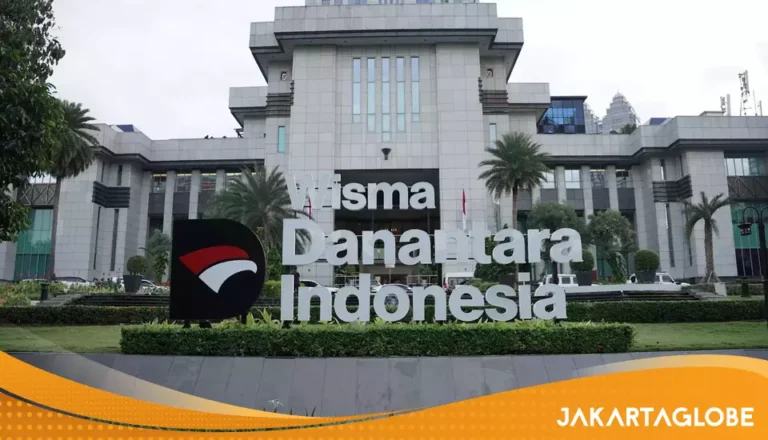Jakarta. Indonesia’s sovereign wealth fund Danantara has defended its plan to allocate part of its assets to government bonds, following public criticism from Finance Minister Purbaya Yudhi Sadewa.
Ali Setiawan, Managing Director of Treasury at Danantara, said the move was part of a broader portfolio diversification strategy aimed at balancing long-term, high-risk investments with short-term liquid assets.
“If we receive 100 units of funds, not all of it should go into high-risk projects. Some needs to be stored in liquid instruments that can be accessed when needed,” Ali said in Jakarta on Sunday.
He explained that Danantara’s investment portfolio is divided into two main categories: private investments, which go directly into national projects, and public investments, which include capital-market assets such as government securities.
“Roughly 60–70 percent is used for strategic projects, while 30–40 percent is placed in liquid assets such as state bonds,” Ali added.
According to him, this approach allows Danantara to maintain flexibility in channeling funds into priority projects without sacrificing short-term liquidity.
Last week, Finance Minister Purbaya Yudhi Sadewa criticized Danantara’s plan to invest state-owned enterprise (SOE) dividends in government bonds, arguing that the move does not add sufficient value to the economy.
“I told them — if you park so much money in government bonds, what’s your real expertise?” Purbaya said after attending his first meeting with Danantara’s supervisory board on October 15.
In response, Ali clarified that the bond placement is temporary and not the fund’s main focus. He also stressed that Danantara’s funding structure differs from other sovereign wealth funds, which often rely on oil revenues or foreign reserves.
“Our funding comes entirely from SOE dividends and is denominated in rupiah. It’s more domestic in nature, unlike other sovereign funds backed by oil or dollar assets,” he said.
Ali added that around 60 percent of Danantara’s direct investment portfolio is directed toward large-scale, long-term national projects, such as hydropower developments that can take four to five years to complete. The remainder is allocated for co-investments with private-sector partners.
Danantara’s current investment priorities include downstream mineral industrialization, energy, healthcare, and technology. One of the projects under review is a waste-to-energy (WtE) initiative designed to support urban waste management and the transition to clean energy.
Ali concluded that the combination of direct and market-based investments would deliver a strong multiplier effect for Indonesia’s economy, particularly in the energy, food security, and capital sectors.
“We want our investments to generate not just financial returns on paper, but real, long-term benefits for the people,” he said.
Tags:
Keywords:

